The water resources of Tokiwadai Campus consist of well water on campus (well water) and tap water (clean water) supplied by the Yokohama Waterworks Bureau. Previously, well water was only used for flushing toilets, but since well water purification equipment was installed in August 2014, it has also been used as drinking water. As an effective use of water resources, experimental wastewater (tertiary wash water), waste liquid, and wastewater from well water purification equipment are recycled at the wastewater purification center and used for flushing water (recycled water) in the toilets of each building. During the renovation work of the wastewater purification center in 2020, we automated the treatment of experimental wastewater and inorganic waste liquid. Additionally, as part of our water saving measures, we are installing automatic faucets in toilet washbasins and water-saving toilets during each renovation project.
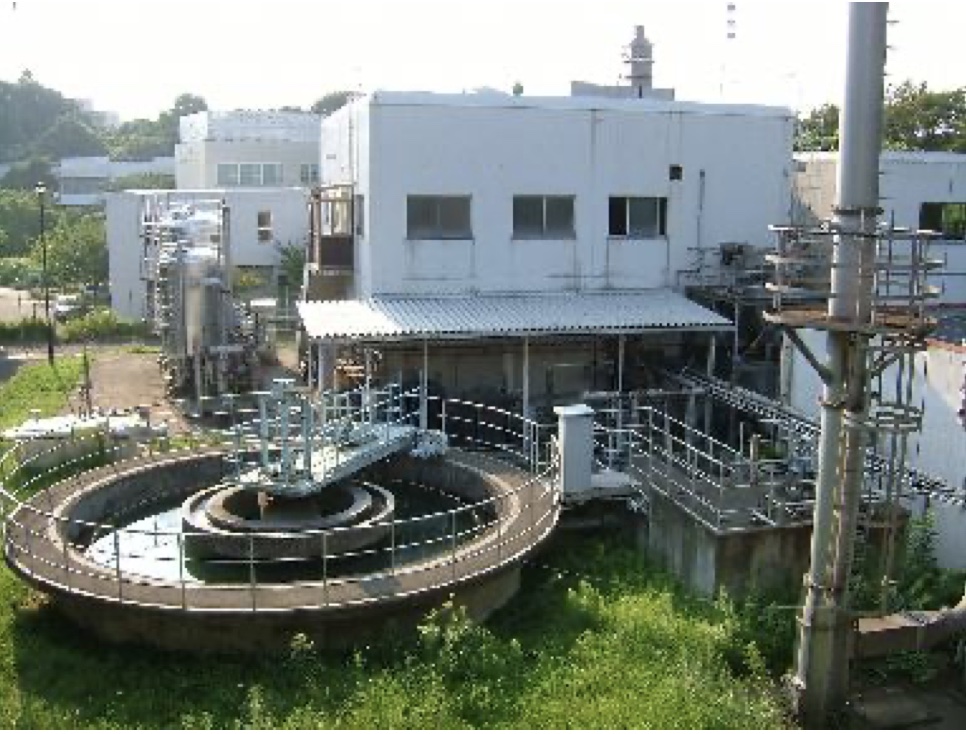
(before renovation)
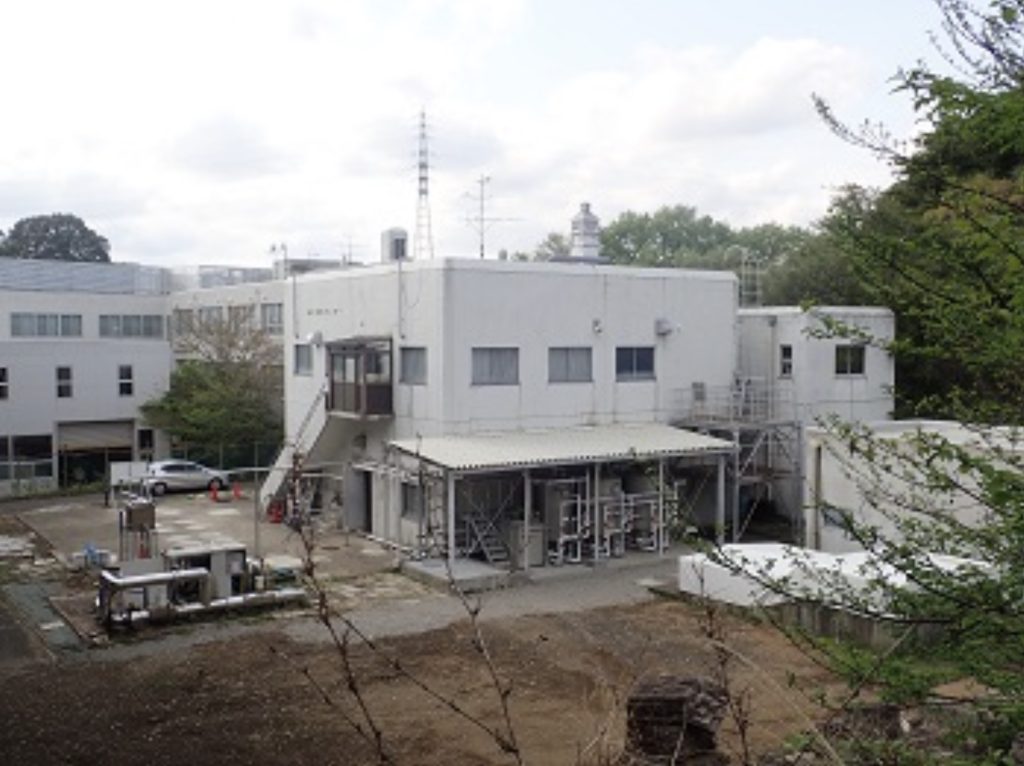
(after renovation)
| type of water(m3) | FY 2018 | FY 2019 | FY 2020 | FY 2021 | FY 2022 |
| clean water ① | 34,119 | 20,028 | 4,792 | 12,361 | 12,687 |
| well water ② | 71,084 | 69,497 | 65,161 | 65,011 | 56,459 |
| total use(① + ②) | 105,203 | 89,525 | 69,146 | ||
| recycled water ※ | 23,537 | 25,986 | 6,329 | 22,897 | 24,085 |
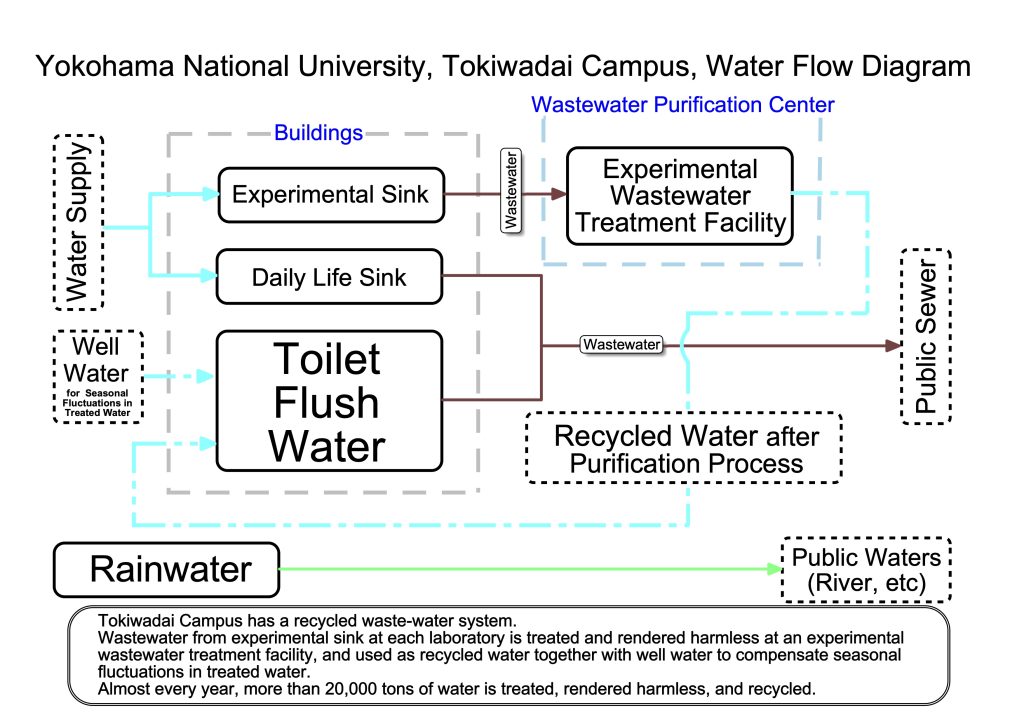
Building A (back of photo) is a 2-story building (total floor area 357 m2) that purifies university’s experimental wastewater and uses it as recycle water. 1st floor is a concentrated waste liquid treatment room, and 2nd floor has dehydrator, central control, and analysis rooms. Activated carbon, heavy metal chelate, and neutralization tanks are seen outside the building (front of photo). Building B is a 1-story building (44 m2) that houses an experimental waste liquid drying oven. Both buildings were completed in 1977.
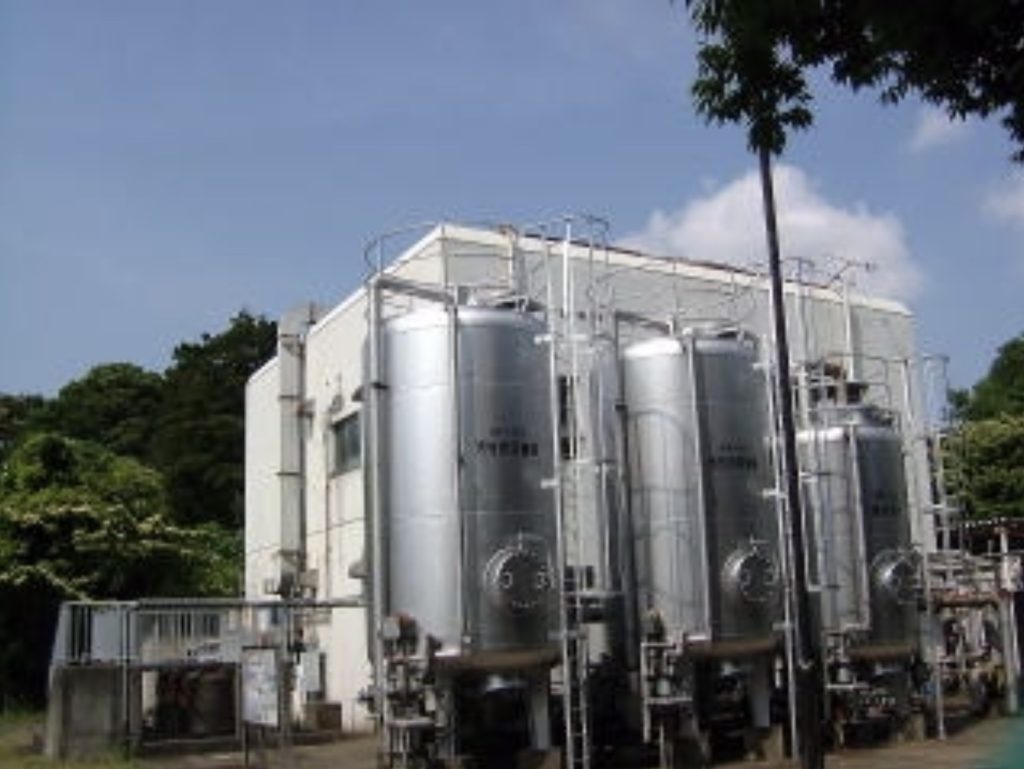
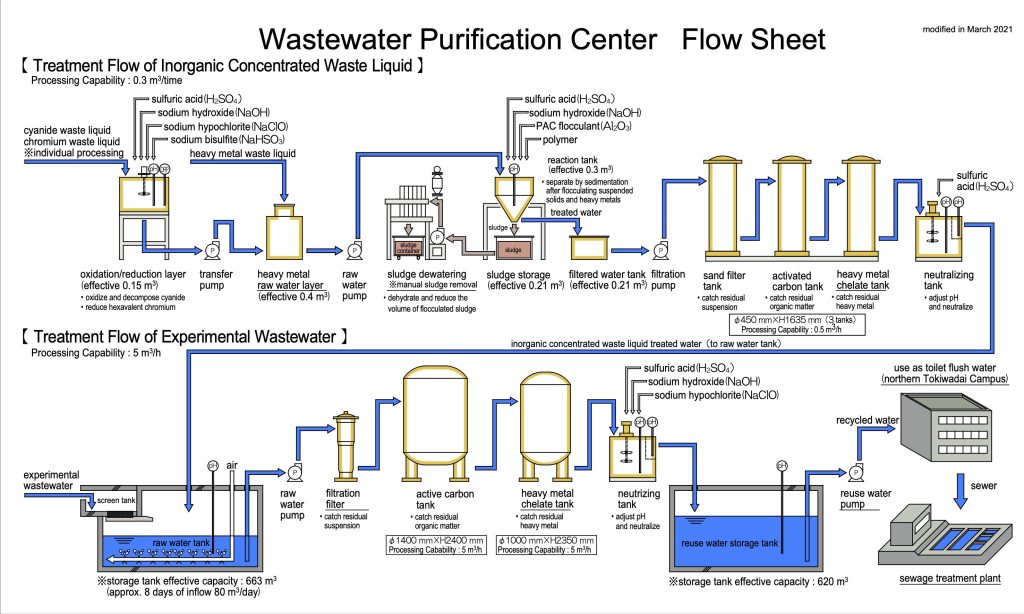
Go to Eco campus white paper at Facilities Department
Go to Wastewater Purification Center Homepage(available only inside YNU network)




